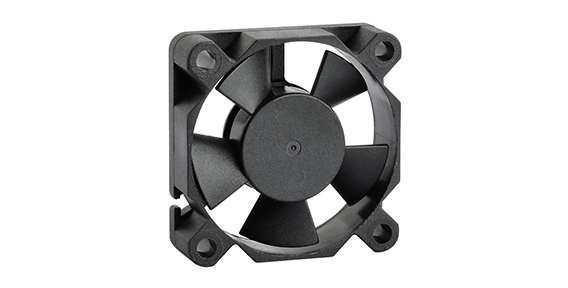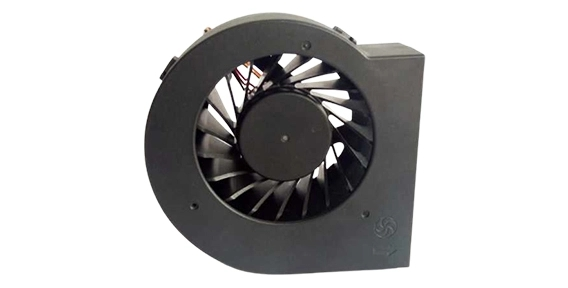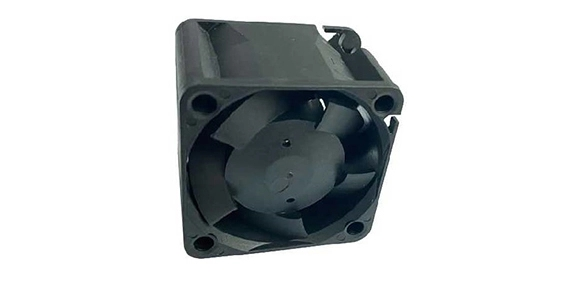Automotive cooling fans play a crucial role in maintaining the optimal temperature of a vehicle's engine. However, like any mechanical component, they are prone to failures and require proper maintenance. In this article, we will discuss case studies on various failures encountered in car blower fans and explore effective solutions.
Diagnosing and Rectifying Mysterious Noises of Car Blower Fan
One common issue with axial fan uses is the occurrence of mysterious noises. Drivers often report hearing rattling, squealing, or grinding sounds, indicating a problem in the fan assembly. To diagnose the issue, it is necessary to inspect the fan for loose or damaged components. The noise could be caused by a worn-out bearing, a loose belt, or debris stuck in the blades. Rectifying the issue involves tightening loose components, replacing faulty bearings, or cleaning the blades thoroughly.

Unraveling the Mystery of Persistent Overheating of Car Blower Fan
An overheating car blower fan can lead to engine damage and reduced vehicle performance. When the fan fails to cool the engine adequately, it is necessary to address the issue promptly. In such cases, a faulty thermostat, a malfunctioning fan relay, or a deteriorated fan motor could be the culprits. Proper diagnostic techniques, such as checking coolant levels and inspecting electrical connections, can help identify the root cause. Solutions may involve replacing the faulty components or conducting proper maintenance to enhance fan performance.

Navigating Challenges in Car Blower Fan Systems
Car blower fan systems are complex and involve various components working in tandem to ensure efficient airflow. However, challenges may arise due to wiring issues, faulty sensors, or even damaged fan blades. By utilizing diagnostic tools and equipment, mechanics can pinpoint the problematic areas and take necessary actions. This may involve repairing wires, replacing sensors, or even installing a new fan system altogether. Understanding the intricacies of these systems is crucial for efficient troubleshooting and problem-solving.
The Aging Blades: Extending the Lifespan of Car Blower Fan
Over time, the blades of car blower fans may experience wear and tear due to constant operation. This can result in reduced airflow efficiency and increased noise levels. Regular cleaning and maintenance are essential to keep the blades in optimal condition. Additionally, proper lubrication of the fan motor and regular inspection for corrosion or blade damage can help extend the lifespan of the fan. Timely replacement of worn-out blades can also enhance the overall performance of the cooling system.
Car blower fan failures can pose significant challenges to vehicle performance and passenger comfort. By understanding the common issues and implementing effective solutions, drivers and mechanics can address these problems successfully. Regular maintenance, timely repairs, and proper diagnostic techniques are key to ensuring the longevity and efficiency of car blower fans. With these measures in place, drivers can enjoy reliable cooling systems and a comfortable driving experience.

 EN
EN 

 +
+
 +
+
 +
+



